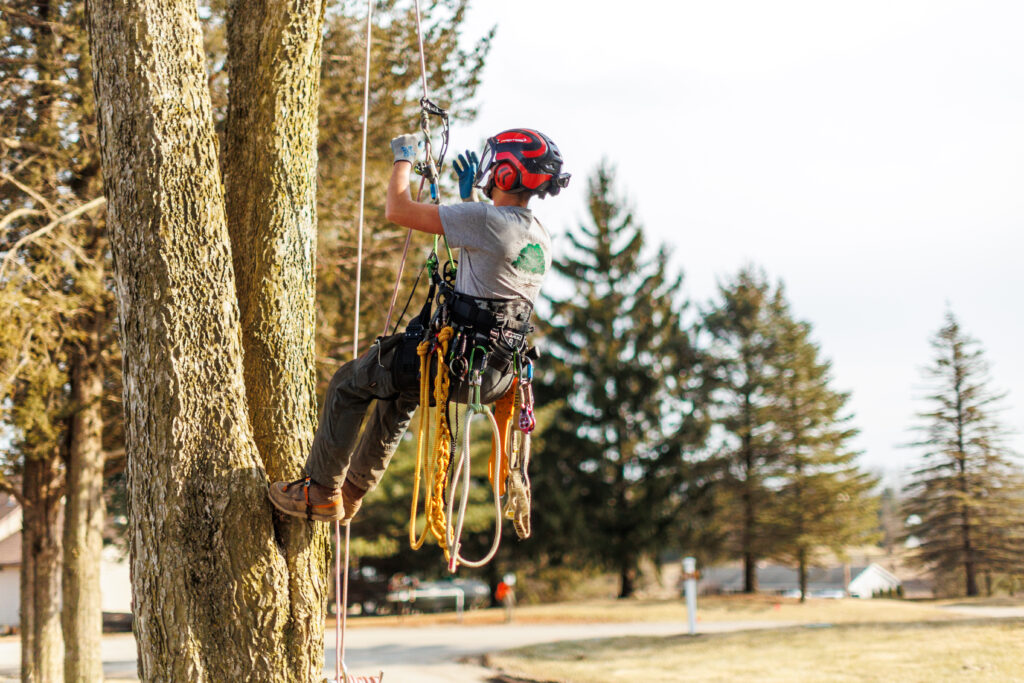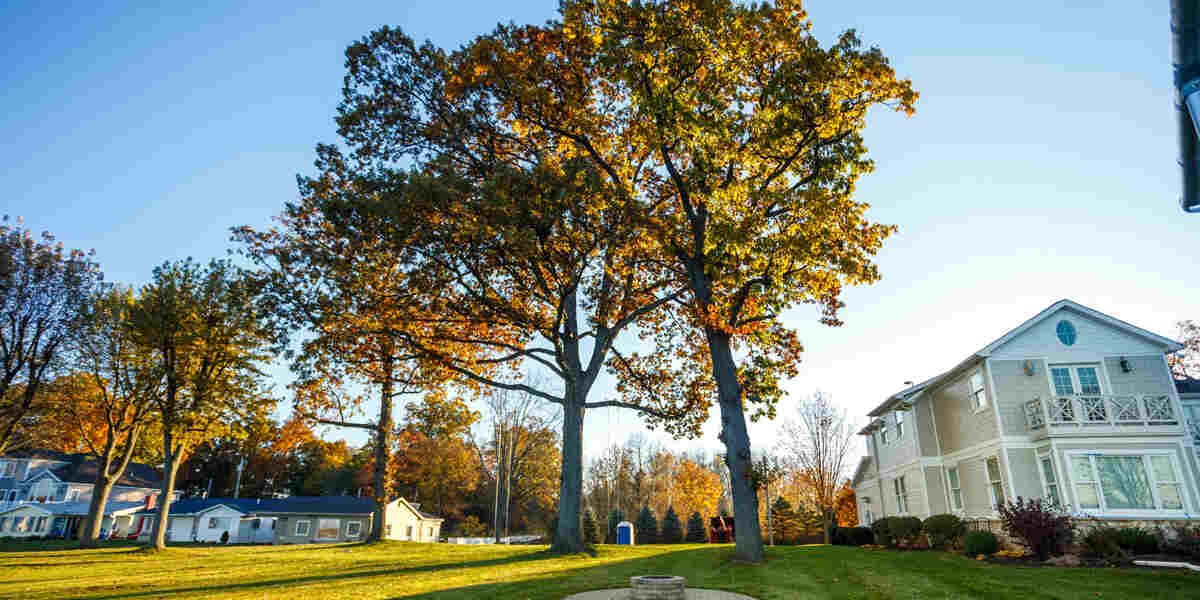Understanding Your Trees
Identifying Tree Species
Before diving into tree care, it’s essential to know the type of trees in your yard. Different species have varying care requirements. Some trees are deciduous, shedding leaves annually, while others are coniferous, retaining their foliage year-round. Identification guides and apps can help you determine your tree species accurately.
Assessing Tree Health
Regularly assess the health of your trees. Look for signs of stress, such as wilting leaves, discolored bark, or unusual growth patterns. Healthy trees have vibrant leaves and firm bark. If you notice any concerning changes, it’s time to take action.
Basic Tree Care
Watering
Proper watering is crucial for tree health. Young trees need more water than mature ones. Ensure a deep, slow watering to encourage deep root growth. Avoid overwatering, as it can lead to root rot. Mulching can help retain moisture and regulate soil temperature. Learn more here.
Mulching
Mulch serves as a protective layer around the tree’s base. Apply 2-4 inches of mulch, but avoid piling it against the trunk. Mulch helps retain moisture, suppress weeds, and insulate the soil, benefiting both young and established trees. Learn more here.
Pruning
Pruning involves trimming branches to improve tree structure and remove dead or diseased wood. Proper pruning enhances tree aesthetics and reduces the risk of failing branches during storms. Be cautious and follow pruning guidelines to avoid harming the tree. Learn more here.
Tree Problems and Solutions
Pests and Diseases
Trees can fall victim to various pests and diseases. Common issues include aphids, fungal infections, and other infestations. Identify the problem and choose the appropriate treatment, which may include pesticides, fungicides or disease-resistant tree varieties.
Root Issues
Root problems can weaken trees. Compacted soil, root girdling, and damage from construction can affect root health. Address these issues by avoiding soil compaction, planting trees correctly, and protecting roots during construction.
Storm Damage
Severe weather can cause tree damage. After a storm, assess your trees for broken branches or uprooted trees. Prune damaged branches to prevent further harm, and consider hiring a professional for extensive damage.
When to DIY
DIY tree care is excellent for routine maintenance and minor issues. Regular watering, mulching, and basic pruning can be done by homeowners. However, it’s essential to recognize when a problem is beyond your expertise. Contact an arborist here!

When to Call a Pro
Signs of Trouble
Certain signs indicate it’s time to consult an arborist. These include:
- Large branches hanging precariously
- Extensive insect or disease infestations
- Visible root issues
- Signs of tree decay
Hiring an Arborist
When in doubt, seek professional help. Certified arborists have the knowledge and equipment to handle complex tree issues safely. They can assess tree health, recommend treatments, and perform tree removal if necessary.
FAQs
- How often should I water my trees?
Proper watering frequency depends on factors like tree age, soil type, and climate. Generally, young trees need more frequent watering, while mature trees require less. Monitor soil moisture and adjust accordingly.
- Can I use any mulch for my trees?
Choose organic mulch like wood chips or bark. Avoid using plastic or rubber mulch, as they don’t provide the same benefits and can harm tree health.
- How do I identify common tree pests and diseases?
There are many resources available, including online guides and local arborists, who can help you identify and treat tree pests and diseases effectively.
- Is tree pruning necessary for all tree species?
Not all trees require pruning. Some may benefit from it for structural improvement or disease prevention, while others may thrive without much intervention. Consult an arborist for guidance.
- How can I find a certified arborist in my area?
You can search online directories or contact your local forestry or agriculture extension office for a list of certified arborists in your region.



